Click here for all National Audubon Alerts or sign up for Audubon’s Action Network here.
THESE ARE ALL OLD ACTION ALERTS – SIGN UP ABOVE FOR THE LATEST ALERTS
Tell Congress: Don’t Let the Interior Department Gut the Migratory Bird Treaty Act
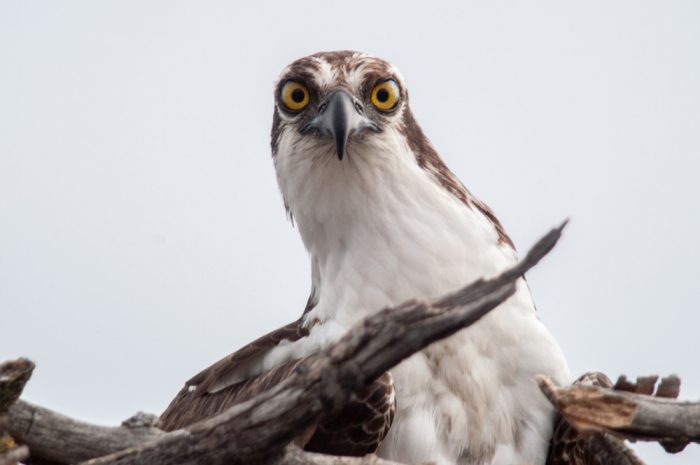
The Department of the Interior is fast-tracking efforts to strip away critical protections in the Migratory Bird Treaty Act (MBTA). Proposed changes in its recent Draft Environmental Impact Statement would make permanent the bird-killing policy the agency adopted in 2017—which has since been ruled unlawful by a federal court—overturning decades of bipartisan precedent and giving companies a free pass for bird deaths from industrial hazards such as open oil pits and power lines. It’s time for Congress to respond to this attack on America’s birds.
Take action today by asking your U.S. Representative to reverse the rollback of the MBTA by supporting the Migratory Bird Protection Act.
Stop the Toxic Pebble Mine from Destroying Alaska’s Bristol Bay
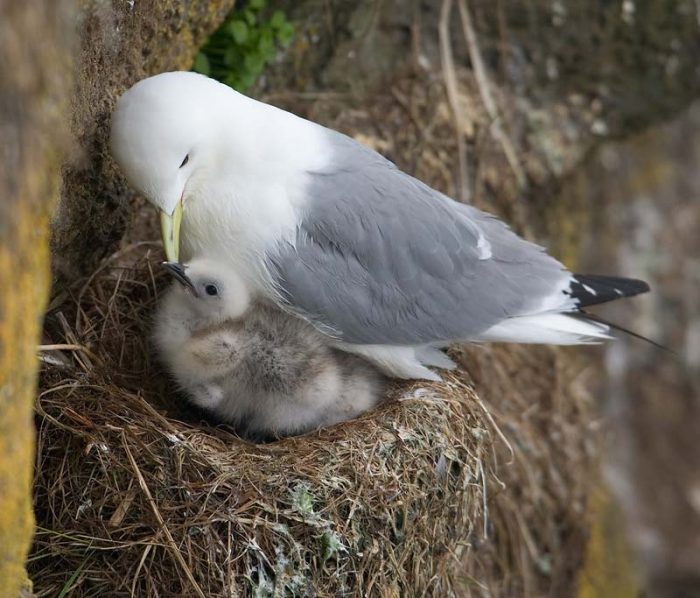
The Pebble Mine project threatens breeding bird and spawning salmon habitat along Alaska’s Bristol Bay. Bristol Bay is the migratory crossroads for birds across the world and home to 27 globally significant Important Bird Areas. Nowhere else on Earth is more important for so many birds from so many continents.
NOTE: Your letter will be sent directly to the Environmental Protection Agency when you click “Send Your Letter.”
###
Don’t Let the Bureau of Land Management Weaken Sage-Grouse Protections
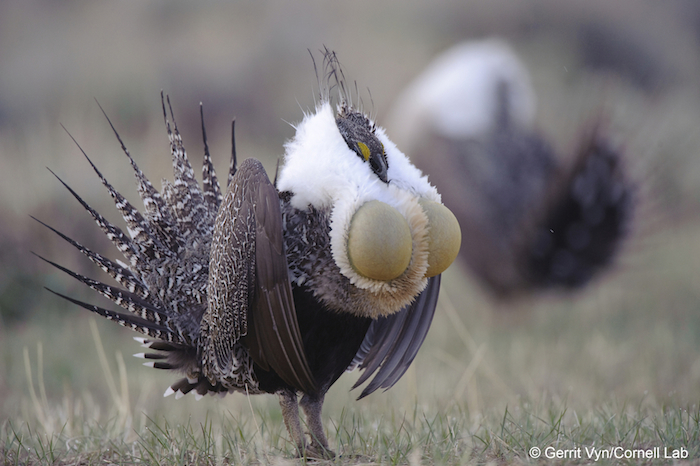
Background: What Happened
In 2015, after years of work by a wide range of stakeholders in your state —states, ranchers, conservationists, industry, scientists, and federal agencies— sound conservation plans were adopted by the BLM. The 2015 plans included strong science-based protections for the bird’s most important habitat and assurances that there would be limits to the amount of habitat damaged, which were the foundation for the U.S. Fish and Wildlife Service’s finding that the species did not warrant federal protection under the Endangered Species Act. These plans also ensure sustainable economic growth for communities across the West.
Between 2017 and 2019, the Department of the Interior systematically attacked these popular bi-partisan plans. In March 2019, the 2015 plans were formally amended, resulting in weakened protections in important sage-grouse habitats in the BLM plans. In October 2019, a U.S. District Court judge in Boise granted a preliminary injunction blocking the implementation of BLM’s changes to the 2015 sage-grouse conservation plans. The federal court found that the federal administration failed to consider how sage-grouse would be impacted by the BLM’s changes to the 2015 conservation plans. The BLM’s 2019 changes permitted expanded drilling, mining, grazing and other activities on sensitive sage-grouse habitat in ID, WY, UT, CO, NV, CA and OR. In the court’s words, the impact of the changes to the 2015 plans “was to substantially reduce protections for sage grouse without any explanation that the reductions were justified by, say, changes in habitat, improvement in population numbers, or revisions to the best science.” Additionally, the court ruled “the record shows that the 2019 Plan Amendments were designed to open up more land to oil, gas, and mineral extraction as soon as possible.”
Now What…
In late February 2020, the BLM – under guise of responding to the federal court’s concerns – has opened up another public comment period. But in fact, BLM is proposing more of the same. BLM continues to disregard science and undermine needed protections for important sage-grouse habitat. We need strong conservation actions – those that were agreed to in 2015, which respects the years of work that went into developing the plans … not only in California, but elsewhere too.
You can help by weighing in HERE with the BLM, as they are asking for public comments. Tell BLM to maintain Greater Sage-Grouse protections. The deadline to comment is Friday, April 6. We are joining our conservation partners – who have fought together for years for balanced management of our public lands – to make sure the BLM hears loud and clear from the public that they should honor their 2015 commitment to protect important sage-grouse habitat.
###
Urge Congress to Support Climate Solutions
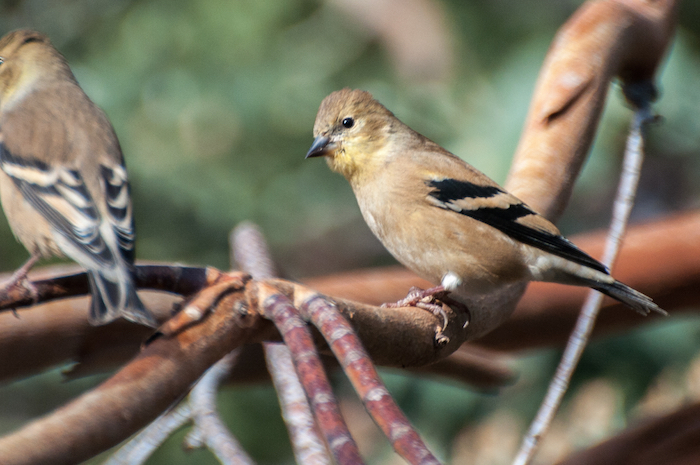
If we continue our current rate of greenhouse gas emissions, American Goldfinches are projected to disappear from 23 states including New Jersey, Illinois, Texas, Arizona, and the Dakotas.
Audubon’s new, ground-breaking report, Survival by Degrees: 389 Bird Species on the Brink, shows that two-thirds of North American bird species are at risk of extinction from climate change. But if we act quickly to reduce greenhouse gas emissions, we can help improve the chances for the overwhelming majority of species at risk.
Right now, Congress is considering a bill that would help us switch from fossil fuels to clean, renewable energy sources. Ask your members of Congress to support the Better Energy Storage Technology Act of 2019!
Help defend the Coastal California Gnatcatcher
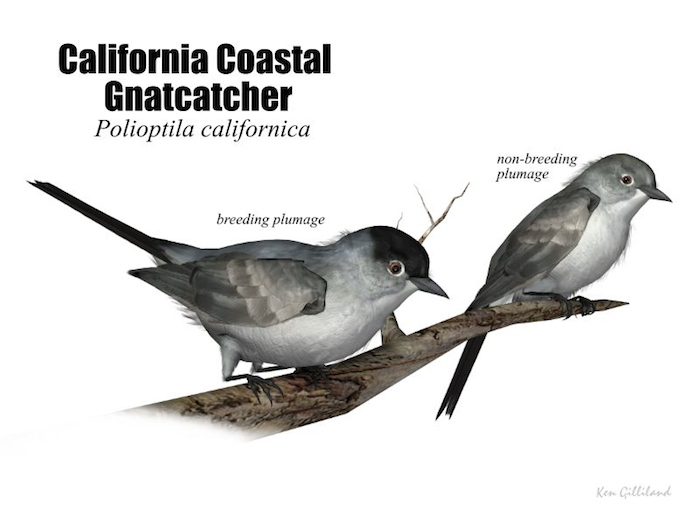
The latest attempt by some Southern California developers to have the Coastal California Gnatcatcher removed from protections under the Endangered Species Act is pretty outrageous – they claim the bird doesn’t even exist!
The delisting petition sponsored by these developers relies on a single recent study claiming that the Coastal California Gnatcatcher is not a genetically unique subspecies. But most avian experts say that the study isn’t nearly enough to overturn than a hundred years’ worth of research to the contrary. Moreover, they point out that the new study cherry picks genetic data and downplays significant visible differences and this study has yet to be independently verified.
The fact that the Coastal California Gnatcatcher is a distinct subspecies worthy of protection was established in 1993 at the time of the original listing, and confirmed by an expert panel convened by the U.S. Fish & Wildlife Service in 2004 – and there’s nothing in this latest petition that casts doubt on that determination.
Now is not the time to abandon this delicate species. The Coastal California Gnatcatcher is still under tremendous threat. Large portions of its range do not have habitat conservation plans in place, and the Coastal California Gnatcatcher continues to lose habitat to development, repetitive fires, and the spread of inhospitable non-native plants.
Not only is the California Gnatcatcher a magnificent bird worthy of protection, it is also inextricably linked to the rich coastal sage scrub of southern California, an enduring remnant of our wild coast that is now the most endangered habitat type in North America. Some researchers estimate that as little as 10 percent of California’s original coastal sage scrub habitat remains today. If we lose the bird, we will lose so much more with it.
Help defend the Coastal California Gnatcatcher today!
Stop the Keystone XL Pipeline

February 26, 2014
To the list of powerful reasons why the Keystone XL pipeline is a bad idea, add one more.
The critically endangered Whooping Crane’s journey through America’s heartland—always hazardous—could be made even more dangerous by the infrastructure needed to support the pipeline’s path.
The proposed 875-mile pipeline bisects middle America, crossing the Yellowstone and Missouri Rivers on its way south. Pipeline construction will bring massive industrial pollution and waste to fragile wildlife habitats from Canada to the Gulf.
The majestic Whooping Crane, with fewer than 500 surviving in the wild, is at particular risk. The pipeline would run along the cranes’ migration route for hundreds of miles. The pumping stations required to move the dense tar sands oil down the pipe will require enormous amounts of electrical power. Up to 300 miles of new transmission lines will only add to the hazards for migrating cranes. And power lines are already one of the leading causes of Whooping Crane mortality among juvenile birds.
The comeback of Whooping Cranes from near extinction is one of the greatest conservation successes of the past century. But these ancient and spectacular birds are far from safe.
The climate impacts alone of the Keystone XL pipeline should warrant its rejection. But the potential devastation to vulnerable wildlife, including the Whooping Crane, underscores the common sense conclusion that this proposed pipeline and the toxic crude oil it carries is decidedly not in America’s best interest.
For more reasons to stop the pipeline, read my post on the Keystone XL Pipeline at 10000 Birds.
Tell Secretary of State John Kerry that the Keystone pipeline is NOT in America’s best interest.
Send your public comments to the State Department today. Go to the Audubon Action Center now to send the letter!
Speak Up For The Brown Pelican
February 20, 2014
The Brown Pelican is one of the great iconic birds of the Pacific Coast — we’ve all thrilled to watch it soar over the waves and dive into the water for food. But now it needs our help. We need you to send a note to the U.S. Fish & Wildlife Service demanding that it follow through on its obligation to monitor and protect this quintessential marine bird.
The Brown Pelican is already one of our best wildlife protection stories, but recent reports have us worried. Since 2010, we’ve seen starving Brown Pelicans seeking food inland. At the same time, breeding in the Channel Islands has failed five years in a row – the first time this has happened in 20 years. Biologists are attributing the breeding failures to a lack of sardines and anchovies near colonies.
When the U.S. Fish & Wildlife Service took the Brown Pelican off the Endangered Species List in 2009, it was supposed to conduct monitoring to ensure continued progress, but this vital conservation action hasn’t begun. If we’re going to figure out what’s happening with this bird – and take steps to protect it – we need the Service to follow-though with monitoring and conservation action.
Audubon California is partnering with International Bird Rescue and the Pacific Seabird Group to get this important message out.
Send a message to the US Fish & Wildlife Service here. You can also sign up for Audubon California Action Alerts and get the most recent news on potential policy changes that impact California birds, wildlife, and habitat. Even better, the Action Alerts give you the tools to weigh in and help make a difference. We know that lawmakers care about your views and opinions.
When you subscribe, you will also receive the National Audubon Society’s Audubon Advisory, which informs you about important conservation policy news from around the country, and helps you tell lawmakers what’s important to you.


